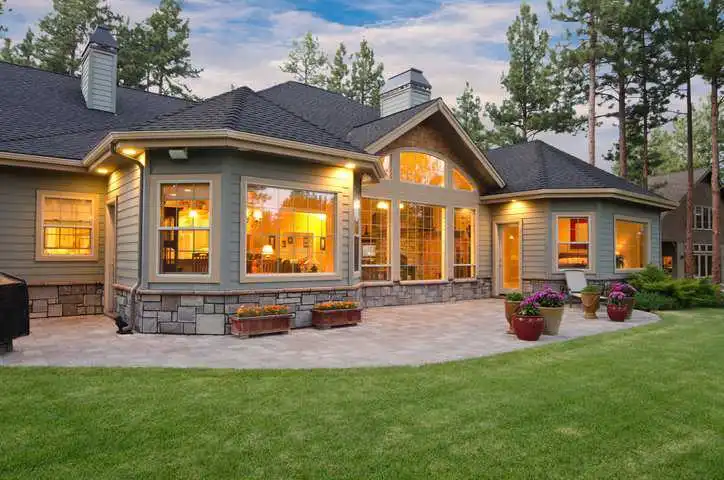ISO 15928-5:2013— Operating Energy of Houses

US households need energy to power numerous home devices and equipment, and as such, the residential sector accounts for 21% of total US consumption. ISO 15928-5:2013—Houses – Description Of Performance – Part 5: Operating Energy describes a method for the operating energy performance for housing.
What Factors Affect the Amount of Energy a Household Uses?
A number of factors affect the amount of energy an individual household uses, including:
- Geographic location and climate
- Type of home and its physical characteristics
- Number, type, and efficiency of energy-consuming devices in the home and the amount of time they are used
- Number of household members
What Is ISO 15928?
The ISO 15928 series for the Description of Performance is intended for use in the evaluation of the design and construction of houses and in the international trading of houses or their sub-systems. This series is confined to buildings occupied for residential purposes that may be separated or linked horizontally, but not linked vertically, and which have their own access and do not share any common space. The objective of the ISO 15928 series is to identify the methods that will be used to describe the performance of houses.
What Is ISO 15928-5?
ISO 15928-5:2013 sets out a method for describing the operating energy performance of houses. It covers user needs, provides performance descriptions, and outlines evaluation processes. This standard includes the description of relevant parameters for external and internal climatic conditions, user functional requirements, energy used by the house, and energy generated by the house. The purpose of ISO 15928-5:2013 is to provide a standardized system of describing performance that can be used to specify performance requirements and performance levels, or to rate houses, in terms of operating energy. This part of ISO 15928 does not specify a level of performance and it is not intended to provide design method and/or criteria.
ISO 15928-5:2013 is intended to be used for houses that may be separated from, or linked horizontally to, another house(s). Where houses are linked, and some sharing of services occurs, it is intended that energy usage performance may be assessed both for individual houses, as well as a group of houses that are linked together.
Electricity and Natural Gas Used in Homes
The types and major end uses of energy by the U.S. residential sector include:
- Electricity—all types of energy end uses
- Natural gas—space and water heating, clothes drying, cooking
- Heating oil—space and water heating, clothes drying
- LPG/propane—space and water heating, clothes drying, cooking
- Kerosene—space heating
- Geothermal energy—space cooling, and space and water heating
- Solar energy—space and water heating, electricity generation
- Wood (cord wood and wood pellets)—space and water heating, cooking
A House’s Energy Sources
ISO 15928-5:2013 details that apart from direct energy input from the sun, the delivered energy usually includes the following types:
- Electrical energy supplied to the house from the electricity grid (which could come from a number of sources)
- Renewable energy generated by devices erected on the house (e.g., solar panel, wind turbine) with possible outflow of energy if supply exceeds demand
- Energy supplied to the house from other sources (e.g., coal, gas, wood, liquid fuel)
The standard notes that separate reporting of energy type and consumption for thermal comfort, hot water, lighting, and other appliances might be necessary. Further, for thermal comfort, it might also be necessary to report energy used for heating, cooling, and ventilation separately.
ISO 15928-5:2013—Houses – Description Of Performance – Part 5: Operating Energy is available on the ANSI Webstore.






